Growing Kale in Bottles: Sounds a little unconventional, right? But trust me, it’s a game-changer! Are you dreaming of fresh, homegrown kale but short on space or dealing with pesky garden pests? Then you’re in the right place! This DIY guide will unlock a simple, effective, and surprisingly stylish way to cultivate this nutritional powerhouse, even if you only have a balcony or a sunny windowsill.
For centuries, humans have sought innovative ways to grow food, adapting to diverse environments and limited resources. From ancient terrace farming to modern hydroponics, the spirit of ingenuity has always been at the heart of gardening. While growing kale in bottles might not have the historical weight of these grand traditions, it embodies that same resourceful spirit, bringing fresh produce to even the smallest of spaces.
Let’s face it, traditional gardening can be intimidating. Soil quality, watering schedules, pests… it’s a lot to manage! But with this DIY trick for growing kale in bottles, you bypass many of those challenges. It’s a fantastic way to recycle, control your growing environment, and enjoy a constant supply of fresh, healthy kale right at your fingertips. I’m excited to share this simple yet effective method with you, so let’s get started and transform those empty bottles into thriving kale gardens!
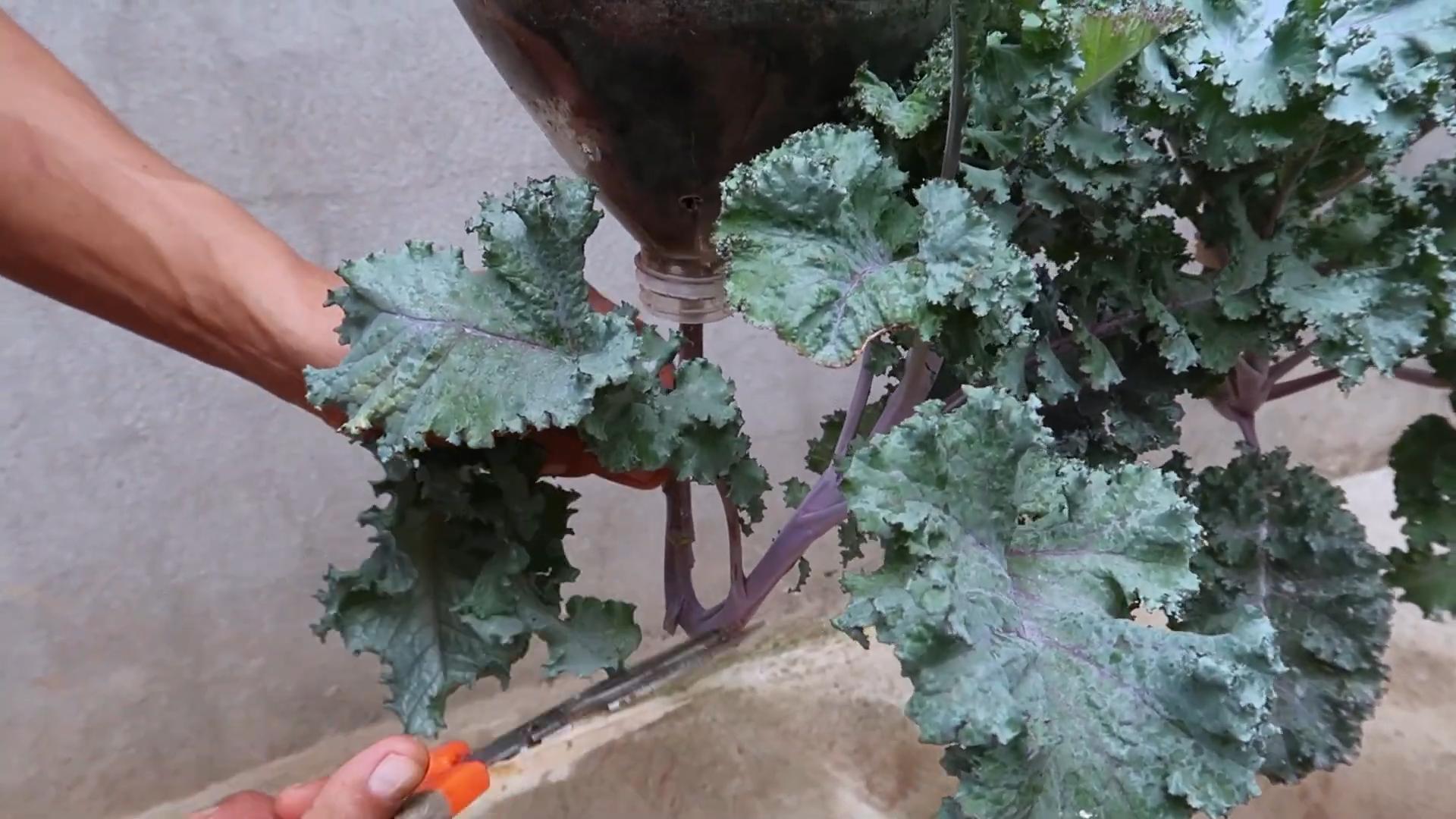
Growing Kale in Bottles: A Fun and Space-Saving DIY Project
Hey there, fellow gardening enthusiasts! Are you short on space but still craving fresh, homegrown kale? Well, I’ve got the perfect solution for you: growing kale in bottles! It’s a fun, eco-friendly, and surprisingly effective way to cultivate this leafy green, even if you only have a balcony or a small patio. I’ve been doing this for a while now, and I’m excited to share my secrets with you. Let’s get started!
What You’ll Need
Before we dive into the nitty-gritty, let’s gather our supplies. This is a pretty low-cost project, which is always a win in my book!
* Plastic Bottles: The star of the show! I prefer using 2-liter soda bottles or larger water bottles. Make sure they’re clean and free of any residue. The more, the merrier!
* Kale Seeds or Seedlings: You can start from seeds or buy small kale seedlings from your local nursery. I’ve had success with both, but seedlings will give you a head start.
* Potting Soil: Choose a good quality potting mix that’s well-draining. Kale likes rich soil, so consider adding some compost.
* Scissors or a Utility Knife: For cutting the bottles. Be careful!
* Drill or Nail and Hammer: To create drainage holes.
* Watering Can or Hose: For watering your kale.
* Optional:
* Gloves: To keep your hands clean.
* Measuring tape or ruler: To ensure consistent cuts.
* Spray paint: To decorate your bottles (optional, but fun!).
* Small rocks or gravel: For drainage at the bottom of the bottles.
Preparing the Bottles
This is where we transform those empty bottles into mini kale gardens!
1. Clean the Bottles: Thoroughly wash the bottles with soap and water to remove any leftover residue. Rinse them well and let them dry completely. This is important to prevent any contamination that could harm your kale.
2. Cut the Bottles: There are a few ways you can cut the bottles, depending on how you want to set them up. Here are two popular methods:
* Method 1: Horizontal Cut (Hanging Planters): This method is great if you want to hang your kale bottles.
* Measure and mark a line around the bottle, about one-third of the way down from the top.
* Carefully cut along the line using your scissors or utility knife. You’ll essentially be creating a “bowl” shape.
* Repeat for all the bottles you want to use.
* Method 2: Vertical Cut (Stacked Planters): This method is ideal for creating a vertical garden.
* Cut the bottle in half horizontally.
* Take the top half of the bottle and cut off the bottle cap.
* Invert the top half into the bottom half. This will create a self-watering system.
3. Create Drainage Holes: Drainage is crucial for healthy kale growth. Excess water can lead to root rot, which is a big no-no.
* Using your drill or nail and hammer, create several drainage holes in the bottom of each bottle. I usually aim for about 4-5 holes, evenly spaced.
* If you’re using the stacked planter method, make sure to drill holes in the bottom of the top half of the bottle as well.
4. (Optional) Decorate the Bottles: This is where you can get creative! If you want to add a personal touch to your kale garden, feel free to paint the bottles with spray paint or decorate them with markers. Just make sure the paint is non-toxic and safe for plants. I like to use bright colors to make my garden pop!
Planting the Kale
Now for the fun part: planting the kale!
1. Add Drainage Layer (Optional): If you want to improve drainage even further, you can add a layer of small rocks or gravel to the bottom of each bottle before adding the soil. This will help prevent the soil from becoming waterlogged.
2. Fill with Potting Soil: Fill the bottles with your chosen potting soil, leaving about an inch of space at the top. Gently pat down the soil to remove any air pockets.
3. Plant the Seeds or Seedlings:
* From Seeds: Sprinkle the kale seeds evenly over the surface of the soil. Cover them with a thin layer of soil (about ¼ inch). Gently water the soil to moisten it.
* From Seedlings: Carefully remove the seedlings from their containers. Gently loosen the roots and plant them in the bottles, spacing them a few inches apart. Make sure the top of the root ball is level with the soil surface. Water the seedlings thoroughly.
4. Water Thoroughly: After planting, water the kale thoroughly to help the soil settle and to provide the plants with the moisture they need to get started.
Caring for Your Kale
Now that your kale is planted, it’s time to provide it with the care it needs to thrive.
1. Sunlight: Kale needs at least 6 hours of sunlight per day to grow well. Place your bottles in a sunny location, such as a balcony, patio, or windowsill. If you don’t have enough natural sunlight, you can supplement with grow lights.
2. Watering: Water your kale regularly, especially during hot weather. The soil should be consistently moist, but not waterlogged. Check the soil moisture by sticking your finger into the soil. If the top inch feels dry, it’s time to water. I usually water every other day, but this will depend on the weather and the drainage of your bottles.
3. Fertilizing: Kale is a heavy feeder, so it will benefit from regular fertilization. Use a balanced liquid fertilizer, diluted according to the package instructions. Fertilize every 2-3 weeks. You can also add compost to the soil to provide a slow-release source of nutrients.
4. Pest Control: Keep an eye out for pests, such as aphids, cabbage worms, and slugs. If you spot any pests, you can try removing them by hand or using an organic insecticide. I’ve found that a strong spray of water can often dislodge aphids.
5. Harvesting: You can start harvesting kale leaves when they are about 4-6 inches long. Simply cut off the outer leaves, leaving the inner leaves to continue growing. This will allow you to harvest kale continuously throughout the growing season. I love adding fresh kale to salads, smoothies, and stir-fries!
Troubleshooting
Even with the best care, you might encounter some challenges along the way. Here are a few common problems and how to fix them:
* Yellowing Leaves: This could be a sign of overwatering, underwatering, or nutrient deficiency. Check the soil moisture and adjust your watering accordingly. If the soil is dry, water more frequently. If the soil is waterlogged, allow it to dry out before watering again. You can also try fertilizing your kale with a balanced fertilizer.
* Leggy Growth: This means your kale isn’t getting enough sunlight. Move your bottles to a sunnier location or supplement with grow lights.
* Pest Infestation: As mentioned earlier, keep an eye out for pests and take action as soon as you spot them.
* Slow Growth: This could be due to a variety of factors, such as poor soil, lack of sunlight, or nutrient deficiency. Make sure your kale is getting enough sunlight, water, and nutrients. You can also try amending the soil with compost to improve its fertility.
Tips and Tricks
Here are a few extra tips and tricks that I’ve learned over the years:
* Choose the Right Kale Variety: Some kale varieties are better suited for container gardening than others. I’ve had good success with Dwarf Blue Curled Vates and Red Russian kale.
* Rotate Your Crops: If you’re growing kale in the same bottles year after year, it’s a good idea to rotate your crops to prevent soilborne diseases.
* Succession Planting: To ensure a continuous harvest, plant new kale seeds or seedlings every few weeks.
* Protect from Frost: Kale is relatively cold-hardy, but it can be damaged by severe frost. If you live in an area with cold winters, you can protect your kale by moving the bottles indoors or covering them with a blanket.
* Enjoy the Process! Gardening should be fun and relaxing. Don’t be afraid to experiment and try new things.
Growing kale in bottles is a rewarding and sustainable way to enjoy fresh, homegrown greens. With a little bit of effort and care, you can have a thriving kale garden, even in a small space. So, grab some bottles, get your hands dirty, and start growing! Happy gardening!
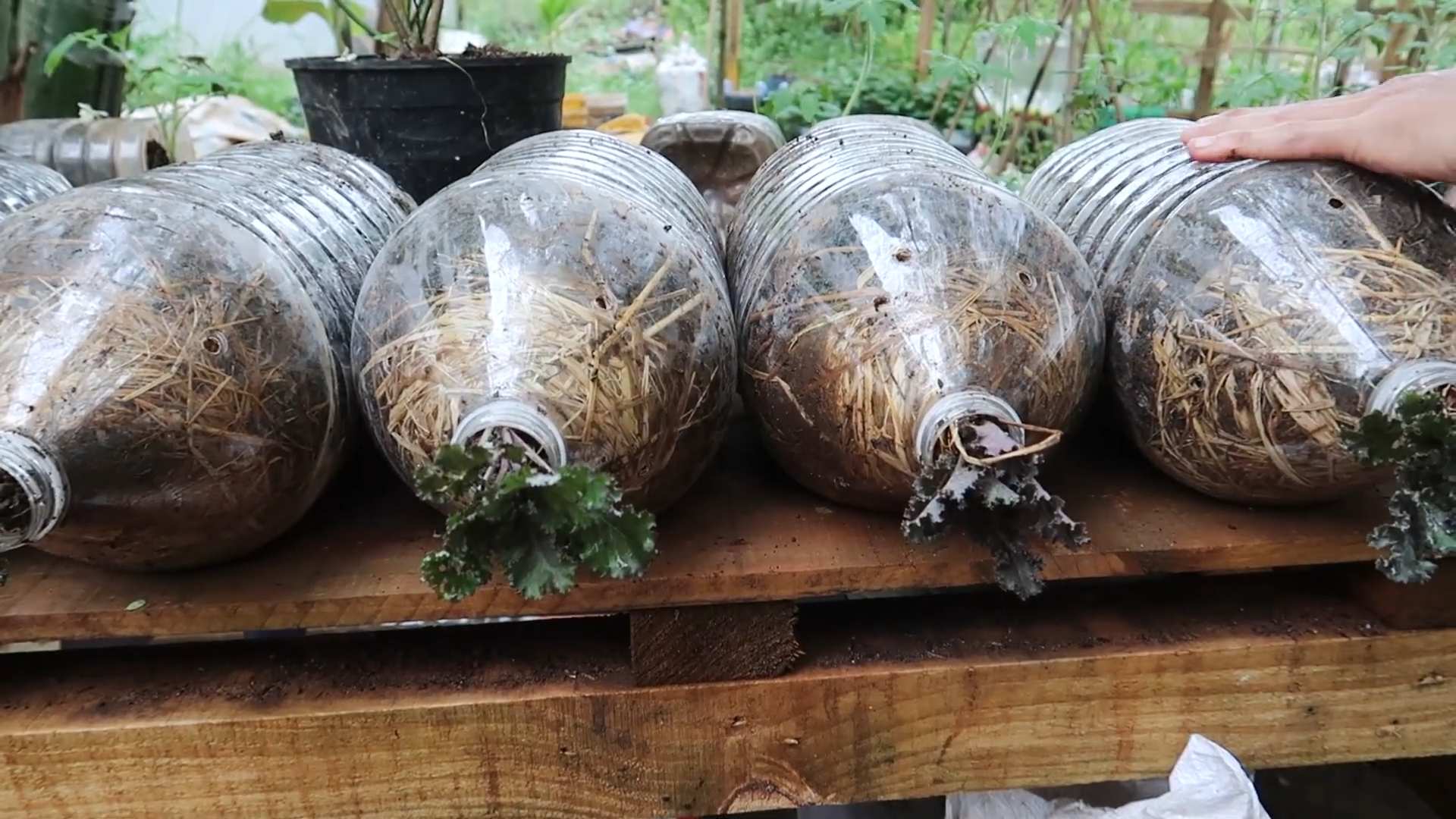
Conclusion
So, there you have it! Growing kale in bottles isn’t just a quirky gardening experiment; it’s a genuinely effective and rewarding way to cultivate fresh, nutritious greens, even if you’re short on space or gardening experience. We’ve walked through the simple steps, highlighting the benefits of this unique method, and hopefully, dispelled any doubts you might have had.
Why is this DIY trick a must-try? Because it democratizes gardening. It breaks down the barriers of large plots, expensive equipment, and extensive knowledge. Anyone, anywhere, can enjoy the satisfaction of harvesting their own kale. Imagine the pride of serving a salad made with kale you nurtured from seedling to leafy perfection, all within a recycled bottle!
Beyond the practicality, growing kale in bottles is also incredibly versatile. Feel free to experiment with different varieties of kale. Curly kale, Lacinato (dinosaur) kale, or even Red Russian kale will all thrive in this container environment. You can also adjust the size of the bottle to suit your needs and the available space. Smaller bottles are perfect for balconies or windowsills, while larger bottles can accommodate more mature plants.
Consider adding companion plants to your bottle garden. Herbs like basil or thyme can deter pests and enhance the flavor of your kale. Just be mindful of the space and ensure that the companion plants don’t overcrowd the kale.
Another variation to explore is hydroponic kale growing in bottles. Instead of using soil, you can use a nutrient-rich water solution. This method can accelerate growth and reduce the risk of soilborne diseases. However, it requires more monitoring and adjustments to the nutrient solution.
The key takeaway is that this method is adaptable to your specific circumstances and preferences. Don’t be afraid to get creative and personalize your bottle garden.
We’ve covered the basics, offered some variations, and hopefully, inspired you to give it a try. Now, it’s your turn to get your hands dirty (or not, if you opt for hydroponics!). Gather your bottles, seeds, and potting mix, and embark on this exciting gardening adventure.
We are confident that you’ll be amazed by the results. The vibrant green leaves, the fresh taste, and the satisfaction of growing your own food will make it all worthwhile.
But don’t just take our word for it. Try it yourself and see the magic unfold. And most importantly, share your experience with us! We’d love to hear about your successes, challenges, and any creative adaptations you make along the way. Post pictures of your bottle gardens on social media using #BottleKale or tag us in your posts. Let’s build a community of bottle gardeners and inspire others to embrace this sustainable and rewarding practice.
Growing kale in bottles is more than just a gardening technique; it’s a step towards a more sustainable and self-sufficient lifestyle. It’s a way to connect with nature, reduce your carbon footprint, and enjoy the freshest, most nutritious food possible. So, what are you waiting for? Grab a bottle and start growing!
Frequently Asked Questions (FAQ)
What kind of bottles are best for growing kale?
The best bottles for growing kale are sturdy plastic bottles, such as those used for water, soda, or juice. Look for bottles that are relatively clear to allow sunlight to reach the plant. Avoid bottles that have contained harmful chemicals or pesticides. Thoroughly clean the bottles with soap and water before using them. The size of the bottle will depend on the variety of kale you’re growing and how long you plan to grow it. Larger bottles (2-3 liters) are generally better for longer-term growth.
How often should I water my kale plants in bottles?
The frequency of watering depends on several factors, including the size of the bottle, the type of potting mix, the weather, and the size of the plant. Generally, you should water your kale plants when the top inch of soil feels dry to the touch. Avoid overwatering, as this can lead to root rot. Ensure that the bottle has adequate drainage holes to prevent water from accumulating at the bottom. During hot weather, you may need to water more frequently. Check the soil moisture daily and adjust your watering schedule accordingly.
What type of soil should I use for growing kale in bottles?
Use a well-draining potting mix specifically formulated for containers. Avoid using garden soil, as it can become compacted in containers and hinder drainage. A good potting mix should contain a blend of peat moss, perlite, and vermiculite. You can also add compost to the potting mix to provide additional nutrients. Ensure that the potting mix is loose and airy to allow for proper root growth.
How much sunlight does kale need when grown in bottles?
Kale needs at least 6 hours of direct sunlight per day to thrive. Place your bottle garden in a sunny location, such as a south-facing window or balcony. If you don’t have enough natural sunlight, you can supplement with artificial grow lights. Rotate the bottles regularly to ensure that all sides of the plant receive adequate sunlight. Insufficient sunlight can lead to leggy growth and reduced yields.
How do I fertilize kale plants grown in bottles?
Kale is a heavy feeder and requires regular fertilization. Use a balanced liquid fertilizer diluted to half strength. Fertilize every 2-3 weeks during the growing season. You can also add slow-release fertilizer granules to the potting mix at planting time. Avoid over-fertilizing, as this can burn the roots. Look for fertilizers that are specifically formulated for leafy greens.
How do I protect my kale plants from pests and diseases?
Inspect your kale plants regularly for signs of pests or diseases. Common pests that affect kale include aphids, cabbage worms, and flea beetles. You can control these pests by handpicking them off the plants, using insecticidal soap, or applying neem oil. To prevent diseases, ensure that the plants have good air circulation and avoid overwatering. Remove any diseased leaves promptly. Consider using organic pest control methods to minimize the use of harmful chemicals.
Can I grow kale indoors in bottles year-round?
Yes, you can grow kale indoors in bottles year-round, provided you have adequate light and temperature control. Use grow lights to supplement natural sunlight, especially during the winter months. Maintain a consistent temperature between 60-70°F (15-21°C). Ensure that the plants have good air circulation to prevent diseases. With proper care, you can enjoy fresh kale from your bottle garden all year long.
How do I harvest kale from bottles?
Harvest kale leaves when they are about 4-6 inches long. Start harvesting from the outer leaves, leaving the inner leaves to continue growing. You can harvest kale multiple times from the same plant. Avoid harvesting more than one-third of the plant at a time. Wash the harvested leaves thoroughly before using them.
What are some creative ways to display my kale bottle garden?
There are many creative ways to display your kale bottle garden. You can hang the bottles from a balcony railing, arrange them on a windowsill, or create a vertical garden on a wall. Paint the bottles with colorful designs or add decorative labels. Use different sizes and shapes of bottles to create visual interest. You can also incorporate other plants, such as herbs or flowers, into your bottle garden.
Can I grow other vegetables in bottles besides kale?
Yes, you can grow other vegetables in bottles besides kale. Some other vegetables that thrive in bottle gardens include lettuce, spinach, herbs, and even small tomatoes or peppers. Choose vegetables that have shallow root systems and don’t require a lot of space. Adjust the size of the bottle and the type of potting mix to suit the specific needs of the vegetable you’re growing.

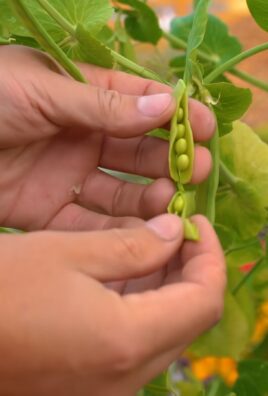
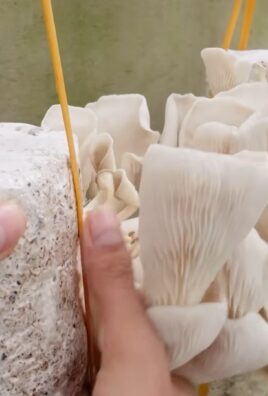
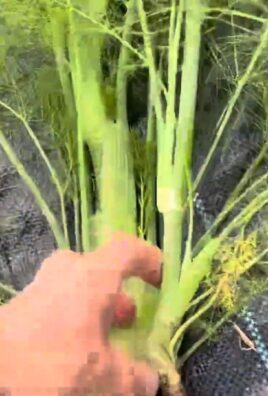
Leave a Comment